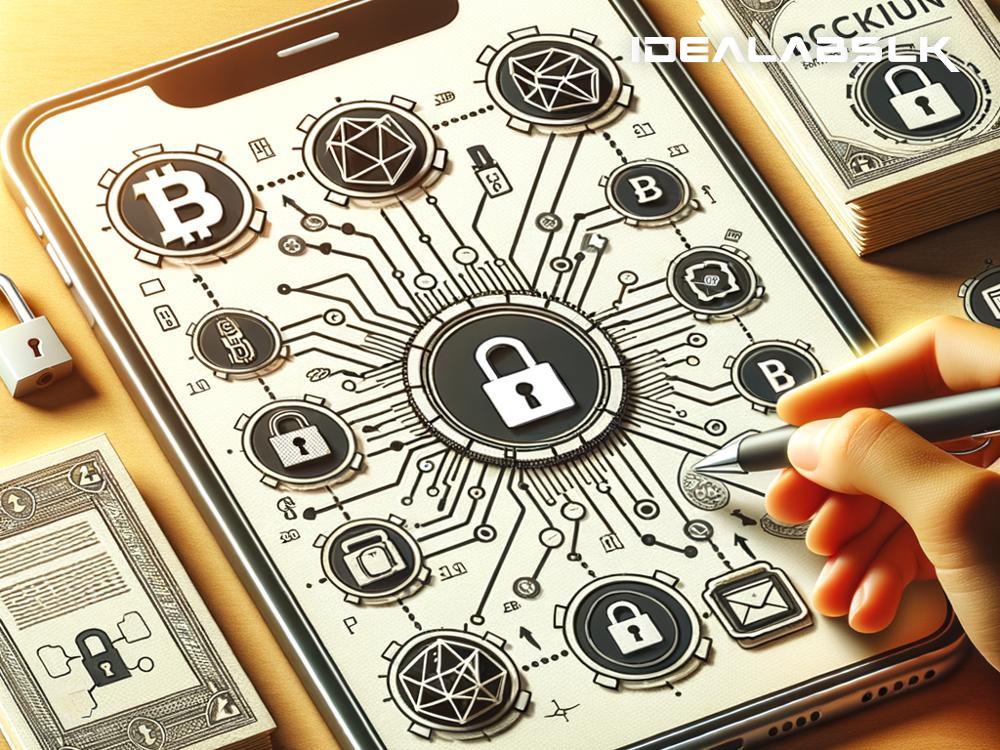How Blockchain Works in Digital Wallets: A Simple Guide
In the ever-evolving digital world, the way we manage and transact money is undergoing a revolutionary change. Amongst these innovations, digital wallets have emerged as a convenient and secure method to store digital currencies and perform transactions. But what makes these digital wallets so secure and reliable? The answer lies in a groundbreaking technology called blockchain. Let’s break down how blockchain works in digital wallets, keeping things as simple and straightforward as possible.
First, let’s understand what blockchain is. Imagine blockchain as a digital ledger that records all transactions across a network of computers. This ledger is public, meaning that anyone in the network can see the transactions, but they are encrypted to keep the details secure. Each block in the chain contains a number of transactions, and once a block is completed, it is sealed and linked to the previous block, creating a chain. This makes it nearly impossible to alter a single piece of information without changing the entire chain, which requires the consensus of the network, adding a layer of security.
Now, how does blockchain power digital wallets? Digital wallets use blockchain technology to store and manage cryptocurrencies, which are digital or virtual currencies. When you use a digital wallet, your transactions are recorded in blocks on the blockchain. This process involves several steps:
-
Transaction Initiation: When you attempt to send cryptocurrency from your digital wallet to another, you start a transaction. This involves specifying the amount and the receiver’s wallet address.
-
Transaction Broadcasting: The transaction is then broadcasted to the blockchain network, where it is visible to all participants but remains unconfirmed and pending.
-
Transaction Verification: Miners or validators within the network take the transaction and verify its validity. They check if you have the necessary funds and if the transaction follows the network’s rules.
-
Block Formation: Once verified, your transaction, along with others, is bundled into a block. This block is then added to the existing blockchain after being confirmed by the majority of network participants.
-
Completion and Record: The transaction is now completed, and the record of it is immutable – meaning it cannot be changed or removed. It becomes a part of the public ledger that everyone can see but not alter individually.
Benefits of Blockchain in Digital Wallets
-
Security: Since each transaction is encrypted and linked to the previous transaction, it makes tampering with blockchain records incredibly difficult. This intrinsic security feature of blockchain technology protects your digital wallet from fraud and unauthorized access.
-
Transparency: The blockchain ledger is public and decentralized, providing a transparent record of all transactions. This means you can trace your transactions without worrying about hidden charges or alterations.
-
Efficiency: Blockchain technology can process transactions faster than traditional banking systems, especially when it involves cross-border payments. This means you can send and receive money more quickly and efficiently using digital wallets.
-
Privacy: While the blockchain ledger is public, the identities behind the transactions are kept private through encryption. So, while people can see the transactions, the parties involved remain anonymous.
The Future of Digital Wallets and Blockchain Technology
The integration of blockchain technology in digital wallets is just the beginning. With ongoing advancements, we can expect digital wallets to become more secure, user-friendly, and versatile. These wallets could potentially manage not just cryptocurrencies but also other valuable digital assets like tokens representing real-world assets, loyalty points, and even digital identities.
Moreover, with the rise of decentralized finance (DeFi) platforms, digital wallets powered by blockchain are becoming indispensable financial tools, offering services like lending, borrowing, and insurance without the need for traditional financial intermediaries.
Conclusion
Blockchain technology is revolutionizing the way we think about digital wallets and money management in the digital age. Its benefits of security, transparency, efficiency, and privacy make it an ideal technology to power digital wallets. As we move towards a more digital-centric world, understanding and embracing these innovations will be key to navigating the future of finance and digital transactions efficiently and securely.

